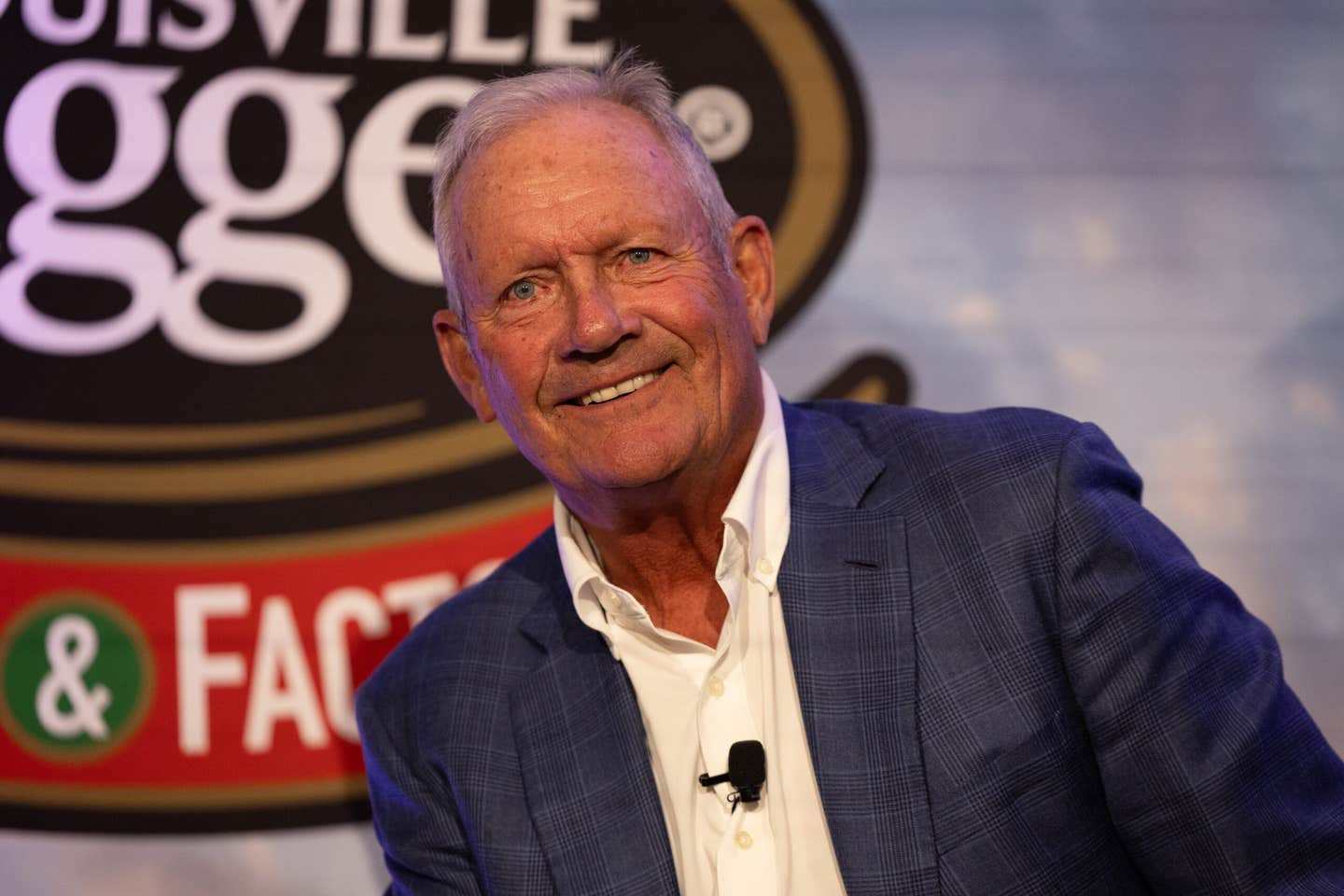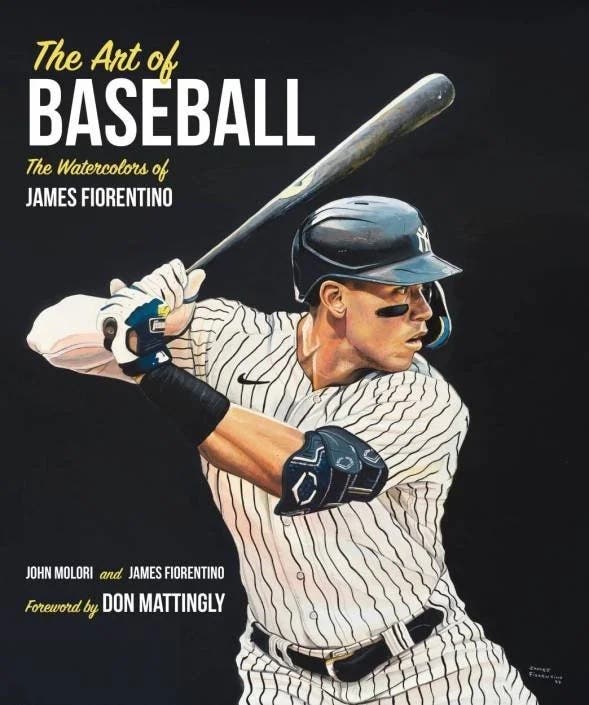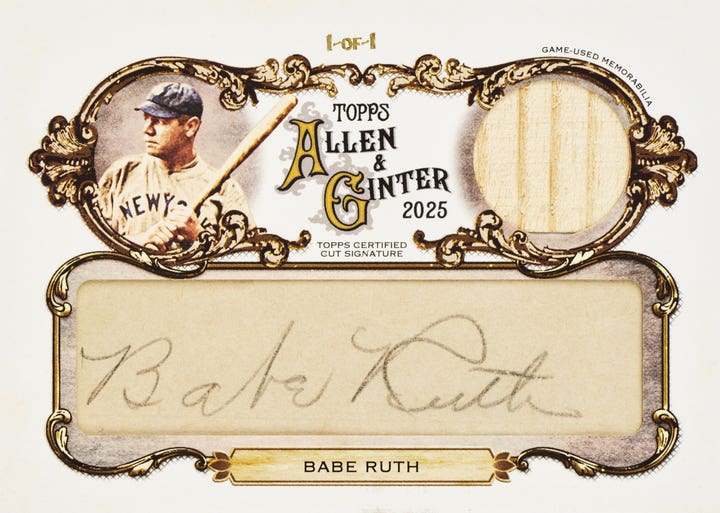News
Read about Black Sox, barnstorming and bios
Most baseball fans know about the Black Sox Scandal — when gamblers and Chicago White Sox players conspired to “fix” the 1919 World Series. But it was almost another year before any charges were brought against the players.
Gene Carney has long been fascinated by what happened during the post-scandal year, and now he shares his search for answers in Burying the Black Sox: How Baseball’s Cover-Up of the 1919 World Series Fix Almost Succeeded.
Carney’s research uncovered documents not known when previous books on the subject were written. He explored how Charles Comiskey, the White Sox owner, and fellow owners tried to bury the incident and control the damage – and why they failed in their cover-up. The result is a significantly better understanding of the “fix” and its aftermath.
Commented baseball historian Jules Tygiel about the book, “I thought I knew everything about the Black Sox Scandal until I read this book. We now have a fuller picture of what occurred thanks to Carney’s detective work.”
Burying the Black Sox: How Baseball’s Cover-Up of the 1919 World Series Fix Almost Succeeded by Gene Carney, Potomac Books, 2007, hardcover, 361 pages, $26.95.
l Two decades earlier, the same Comiskey joined forces with Ban Johnson to launch the American League. Warren Wilbert skillfully documents how it happened in The Arrival of the American League: Ban Johnson and the 1901 Challenge to National League Monopoly.
Johnson and Comiskey were long-time friends and baseball veterans. From 1895-99, they were key powers in the Western League – Johnson as league president and Comiskey as manager of the St. Paul Saints. It was, perhaps, the strongest minor league, and the duo determined they could move the league’s strongest teams up a notch to form the foundation of a new major league.
In 1901, they established their new league as a brazen challenge to the National League that had ruled the baseball world since 1876. Wilber outlines the decisions and planning that laid the groundwork and, in detail, the 1901 season that established the American League as a new league. Teams included Baltimore, Boston, Chicago, Cleveland, Detroit, Milwaukee, Washington and Philadelphia
Fourteen Hall of Famers were active in the 1901 American League season – Roger Bresnahan, Jimmy Collins, Comiskey, Tommy Connolly, Hugh Duffy, Clark Griffith, Johnson, Nap Lajoie, Connie Mack, Joe McGinnity, John McGraw, Eddie Plank, Albert Spalding and Cy Young.
The Arrival of the American League: Ban Johnson and the 1901 Challenge to National League Monopoly by Warren N. Wilbert, McFarland, paperback, 232 pages, $29.95.
l Charles “Dazzy” Vance broke into the Major Leagues in 1915 with Pittsburgh of the American League, but he spent the next 10 years in the minors with 11 different teams. When he returned to the majors at age 31, he became a dominant pitcher with the Brooklyn Dodgers, earning a place in the Hall of Fame in 1955.
John Skipper’s biography, Dazzy Vane: A Biography of a the Brooklyn Dodger Hall of Famer, covers Vance’s life. Vance was known primarily for his blazing fastball, off-the-table curve and a high leg kick – all of which he used effectively to lead the National League in strikeouts seven years in a row. Quoted conversations with Vance’s family and friends, along with sports writers and teammates, enrich the biography.
Dazzy Vance: A Biography of a the Brooklyn Dodger Hall of Famer by John Skipper, McFarland, 2007, paperback, 218 pages, $29.95.
l Sixteen chapter-length biographies of Hall of Famers from baseball’s early days are featured in award-winning biographer David Fleitz’s More Ghosts in the Gallery.
The term “ghosts” is used because the glory of these great players has, for some, dimmed since their playing days. “More” is used because McFarland published an earlier series by Fleitz called Ghosts in the Gallery at Cooperstown in 2004.
Players featured in the new volume are George Wright, Jimmy Collins, Dan Brouthers, Tommy McCarthy, Billy Hamilton, Sam Rice, Tim Keefe, Kiki Cuyler, Joe Kelly, Mickey Welch, Sam Thompson, Amos Rusie, Arky Vaughan, Joe Williams, Hilton Smith and Cristobal Torriente. For some, this is their first time their stories have appeared in print. However, all deserve the excellent review of their lives and careers as provided by Fleitz.
More Ghosts in the Gallery: Another Sixteen Little-Known Greats at Cooperstown by David Fleitz, McFarland, 2007, paperback, 264 pages, $29.95.
l Until 1947, professional ballplayers were paid only from Opening Day to the season’s end. To make ends meet, players barnstormed in the offseason, playing games across the nation. Cities lacking Major League teams were happy to host big-league players for games at local ballparks and special exhibition games.
Thomas Barthel documents the history of those games in Baseball Barnstorming and Exhibition Games 1901-1962. In 1962, a team led by Willie Mays was unsuccessful in its attempt at a tour, signaling an end to true barnstorming.
This book covers the teams, games and players who brought big league baseball to the backyard ballparks of America. Barthel’s count includes a minimum of 1,561 games.
Baseball Barnstorming and Exhibition Games 1901-1962: A History of Off-Season Major League Play by Thomas Barthel, McFarland, 2007, paperback, 275 pages, $29.95.








